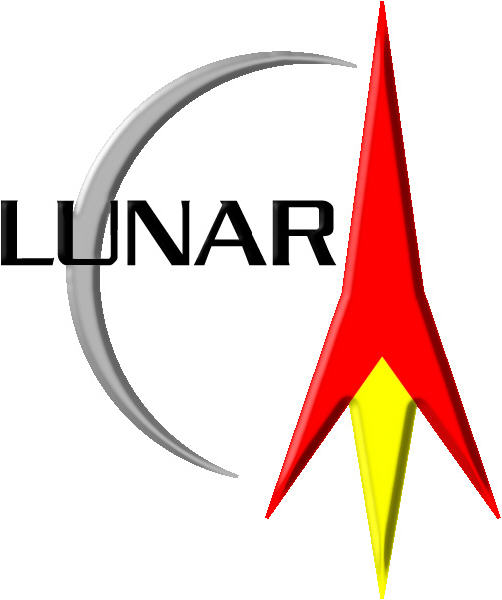 LUNAR’clips
LUNAR’clips
Livermore Unit of the National Association of Rocketry March/April 2002
Copyright © 2002 by LUNAR, All rights reserved.

The X-Prize is a competition to encourage Space Tourism, promising a $10 million prize to the first team to demonstrate a practical sub-orbital system suitable for public use. Full details of the contest are available on their Web site at www.xprize.org. This is the third article in a series on the entrants for the competition.

MICKEY BADGERO & ASSOCIATES
This U.S. entrant plans a rocket called Lucky Seven, that will be launched vertically and descend using a parasail. The main engines will burn for a minute and a half, after which the rocket will coast past the 62 mile mark. The spaceship will then fall back into the atmosphere, popping open a round drogue parachute. When the air thickens, a parasail will be deployed and the craft will glide to the landing area under Global Positioning System satellite guidance.
Mickey Badgero is quoted as saying "I see the X PRIZE as a global opportunity to encourage space tourism. Suborbital flight is just the first step in making space travel affordable, and it is a necessary step. Not just the winning design, but any successful design, can be made economical by selling seats to people who want to see the earth from space."
There used to be a Web site associated with this entrant, but that appears to have gone away, so I suspect the dream of this rocket actually flying has gone the same way. But the design is perfect for anyone wanting to build an entrant to fly in a F/F Scale content.

BRISTOL SPACEPLANES LTD
This U.K. entrant consists of a vehicle called Ascender, being developed by a team led by David Ashford. Ascender is a small airplane that can reach an altitude of 62 miles. It is fitted with jet engines and a rocket motor. It takes off from an ordinary airfield using its jet engines and climbs at subsonic speed to a height of 8km. The pilot then starts the rocket engine and pulls the spaceship up into a steep climb. When the rocket fuel is used up Ascender is climbing close to the vertical at a speed of Mach 2.8, from which it coasts to a maximum height of 62 miles.
They say, "The main obstacle to achieving space tourism is mind-set. The whole approach is so different from present manned spaceflight that it seems to most people to be many years into the future. The X PRIZE should go a long way to show that space tourism could happen soon."
Visit their Web site at www.bristolspaceplanes.com.

All content is the responsibility of LUNAR.
If you have comments or suggestions regarding these web pages,
please contact the 
Copyright © 1992 - 2026 LUNAR